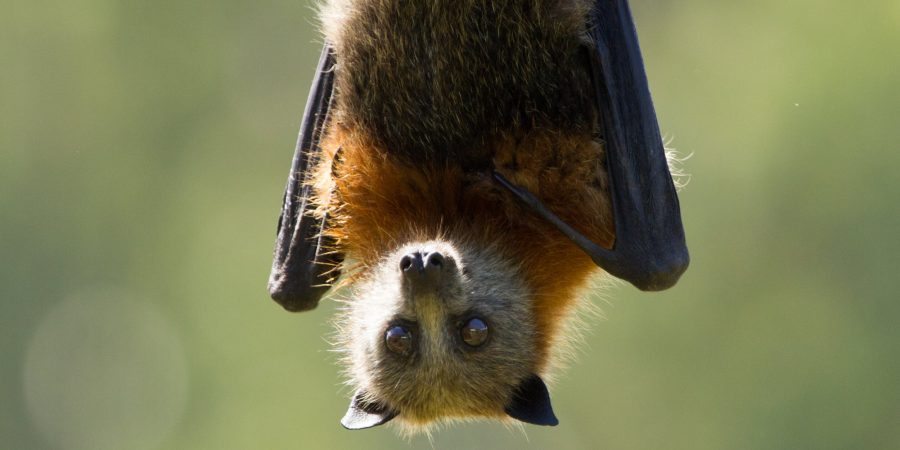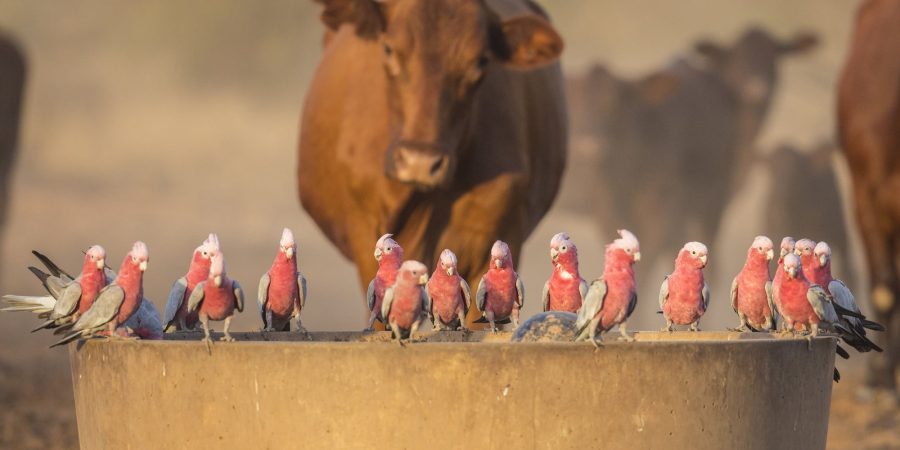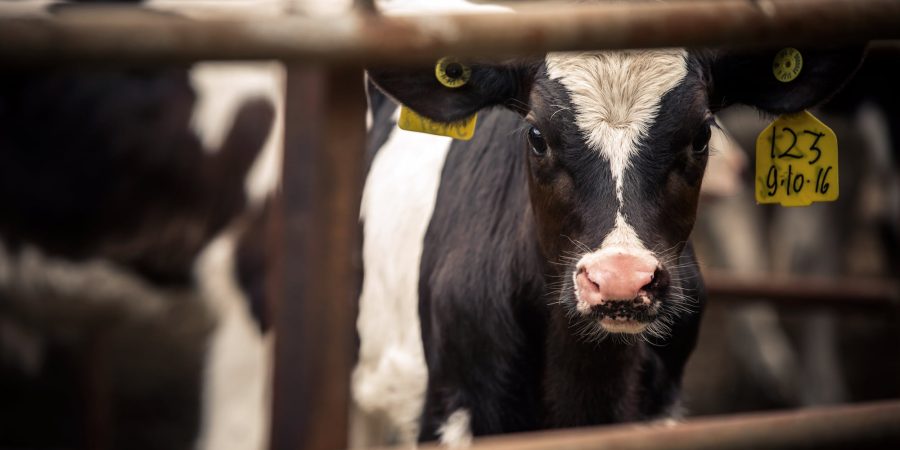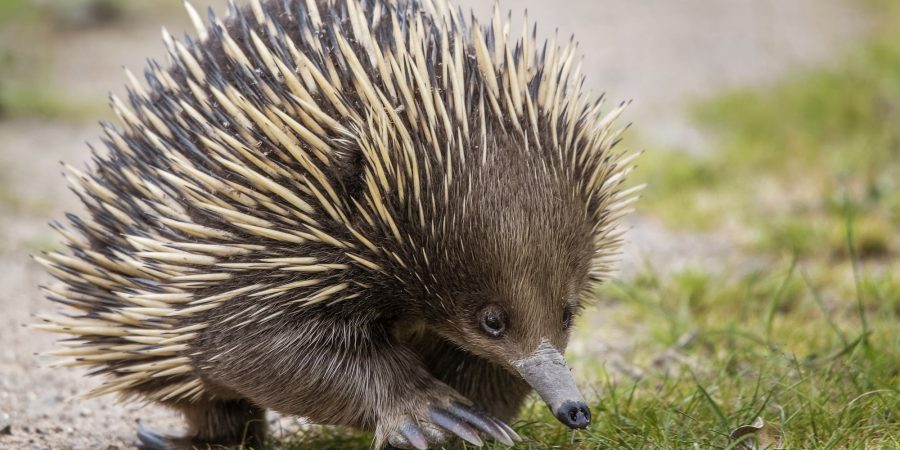Australians – and people the world over – value Australia’s remarkable and unique wildlife. World Wildlife Day, March 3, is a day to celebrate all – from the iconic koala to those who are lesser-known but still call Australia home. With even the most cherished under threat, it is also the perfect time to learn about the issues endangering native animals, and how we can take it upon ourselves to help them.
They have a special place in our hearts – and in the ecosystems which rely on them
It’s not only tourists who marvel at the sight of a kangaroo bounding through the outback or an echidna scuttling out of scrubland – most Australians have a deep appreciation and adoration of the animals who we share the land with.
There is the kookaburra, with a call that is iconic; the cassowary, described as a ‘living dinosaur’; the platypus, who British scientists first thought was a hoax; and the quokka, world-renowned for having such an adorable expression.
While each of these species is unique, their stories are similar – populations are declining, and human activity is the cause. And just like the grey-headed flying fox who disperses seeds and cross-pollinates, helping regenerate the forests, each of these animals plays a crucial role in the ecosystems that keep Australia alive.
This image contains content which some may find confronting

The warning signs are clear – Australian wildlife needs urgent help
We are currently witnessing wildlife loss at an alarming rate. In February 2022, the Australian Government announced that the ‘vulnerable’ status of koalas had been upgraded – koalas are now considered endangered in New South Wales, Queensland, and the Australian Capital Territory.
Our nation’s most cherished animals are under threat – and there are others like the cassowary, quokka, tree kangaroo and little penguin, whose populations are dwindling with much less awareness. In the last 250 years, 22 native birds have gone extinct. In the last century, numbers of grey-headed flying foxes and spectacled flying foxes have declined by at least 95%.
These animals aren’t mysteriously disappearing – sadly, they’re being ‘pushed out’. Habitat destruction and catastrophic weather events like fires and drought are diminishing their homes and food sources. While there are many factors at play, comprehensive research points to farming animals for meat and dairy as a key driver of both. And as their habitats shrink, the government is also allowing the shooting of ‘protected’ native animals through state-based ‘permit’ systems and for the commercial sale of their meat and skin.
Besides playing pivotal roles in Australian ecosystems, these animals have intrinsic value and desire their own lived experience. Their very existence is relying on us to learn how to better share the land that is home to us all.
This image contains content which some may find confronting

How is farming animals linked to the suffering of native animals?
Globally, beef, soy and palm oil production are responsible for 60% of tropical deforestation – and with soy being the second biggest culprit, it is worth noting most of the soy is used as feed for livestock (less than one-fifth is used for human food products).
This isn’t an issue that is only impacting the Amazon. As land is cleared in Australia to graze farmed animals, the habitats of koalas and other native animals are ever shrinking.
Shockingly, available data indicates that animals bred to be killed for food outweigh Earth’s wild mammals and birds by a factor of ten (and this figure does not include fish who are farmed). Each year in Australia, approximately 635 million chickens are slaughtered, 31 million sheep, 8 million cattle, and 5 million pigs – and every single one of these animals requires feed from crops or land to graze on.
Research suggests that if everyone shifted to a plant-based diet we could reduce global land use for agriculture by 75%, and still feed the existing human population. At the very same time, we would be slowing human-caused global warming by reducing the emissions generated by the animal agriculture sector and allowing forests to regenerate on cleared land.
This image contains content which some may find confronting

Australia’s recent and devastating bushfires killed or displaced nearly 3 billion animals. According to the UN’s Intergovernmental Panel on Climate Change, human-caused global warming – which is playing a part in fires, drought, and other extreme weather events – is being fuelled by our high consumption of meat and dairy.
Due to the impacts that farming animals has on the land and the climate, an in-depth report from Oxford University has called out avoiding meat and dairy as the ‘single biggest’ way to reduce our impact on Earth.
Opting for protein sources like beans, tofu, or nuts has been found to be the most climate-friendly way to eat – even more so than choosing the ‘lowest impact’ animal meat available. This means to holistically address the climate crisis, we must look at the energy we use to power our cars and homes, and the food we use to fuel our bodies.
The good news is that because consumer demand has largely contributed to the issues that animals and the environment face today, the power lies with us, as consumers, to reverse these issues and shape a brighter future for all.
Filling our plates with plant-rich food helps Australia’s wild animals and farmed animals
As consumer demand shifts to more plant-rich food, native animals aren’t the only ones who will be spared. The animals farmed for meat, dairy, or eggs – who are being raised on land that used to be wildlife habitat – will also be spared from suffering legalised cruelty and awful deaths in slaughterhouses.
Animals in our current farming system are denied the same legal protections from cruelty that apply to our companion animals. It is legal and routine to cut off body parts like tails, teeth and testicles from cattle, sheep or pigs, without pain relief, and kill newborn calves and chicks.
This image contains content which some may find confronting

When it comes to these animals being slaughtered for food, this very hidden industry uses marketing and product labels to mislead consumers into thinking animals are killed ‘humanely’. Time and time again, slaughterhouse investigations have revealed otherwise. This is largely due to the lack of effective independent oversight, but even the standard practices in Australian slaughterhouses would shock most people. There is also a growing body of evidence to suggest that slaughterhouse workers suffer too.
Every time you spend money, you’re casting a vote for the kind of world you want...
Every time you choose an animal-friendly meal you’re helping to reduce the demand that is leading to wild and farmed animal suffering.
The government must act, but legal change is slow – Australia’s wildlife needs help now
You can help native animals, and you can start right away.
- Explore plant-based living to protect Australian wildlife and farmed animals.
An ever-increasing number of Aussies are already taking charge by taking the pressure off the farming systems that are negatively impacting animals and the planet. Fortunately, opting for foods that are less resource-intensive and more animal-friendly can have several benefits for people, too! After some inspiration? Order your free Veg Starter Kit today for all the information you’ll need to get started, plus a selection of delicious and simple recipes. If you’re ready to get cooking right away, you can browse 100+ delicious plant-based recipes at VegKit.com.
- Learn more about how to help native animals.
Head to 6 things Aussies can do to help wildlife right now, for simple ways you can spare wild animals from suffering heat stress or death in Australia’s warm climate.
- Pledge to make your yard wildlife-friendly.
With their homes and food sources rapidly diminishing, an impactful way you can help native animals is by turning your backyard into a welcoming haven. Take the pledge for Australian wildlife today.
This image contains content which some may find confronting








